The Roman Empire is a familiar term to many of us, especially in Western Europe. But why exactly is that?
The Romans gave us much of the foundations for our arts, laws, philosophy, and even the very roads we walk on, and this is thanks to the extremely widespread culture left behind by their famous empire.
The Empire itself, while perhaps not the largest in terms of sheer land coverage, or even population, (it concedes these titles to the British and Mongolian Empires), certainly is among the most well known and widely heard of.
In this article, we’ll be exploring the Roman Empire in more depth with the goal of answering questions such as… Who were the Romans? How big was the Roman Empire? What caused the fall of the Roman Empire? Along with many other Roman facts that might pique your interest.
We aim to avoid the typical “10 facts about the Romans” format that other articles might use and instead provide a deep dive into the individual topics that people ask about. That doesn’t mean there won’t be plenty of facts about the Roman Empire, so if that’s what you’re looking for, you’re still in the right place!
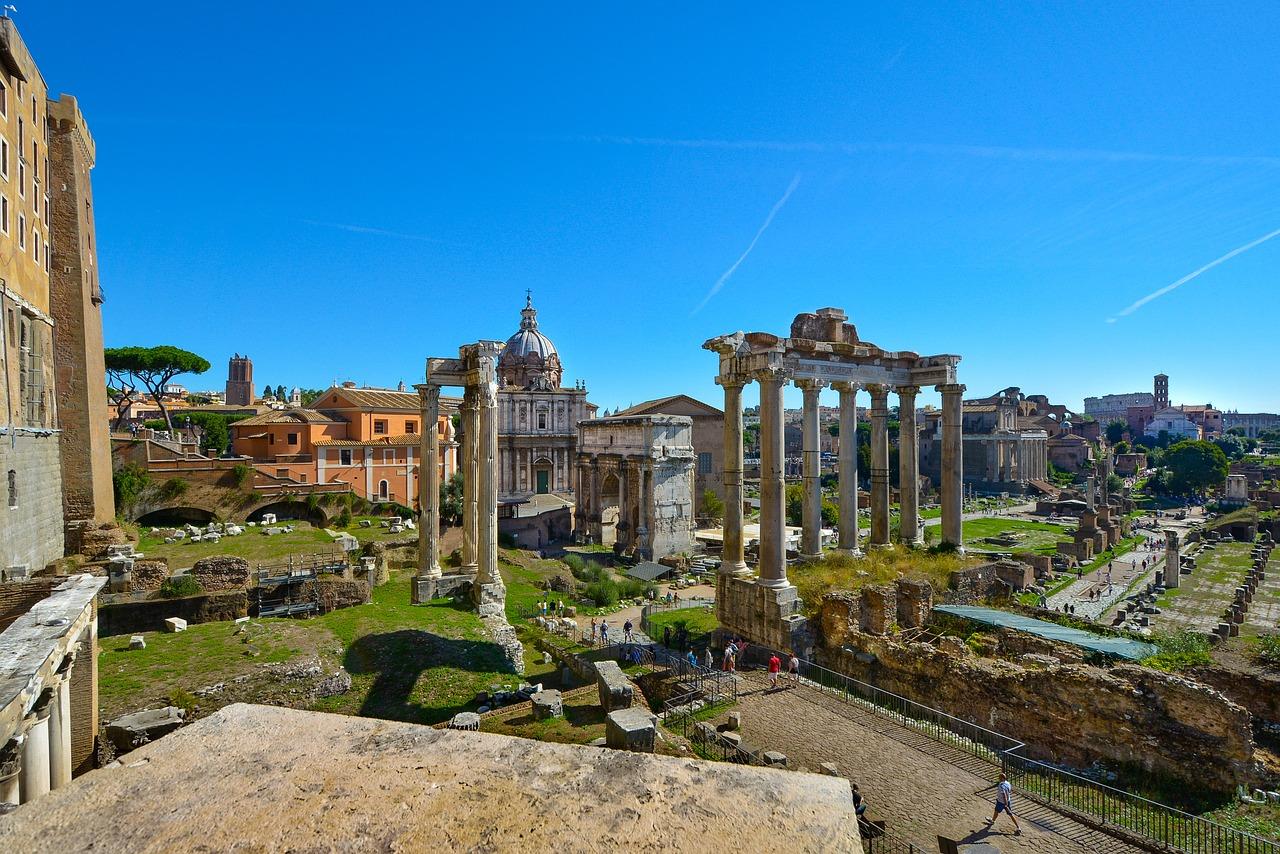

When and Where was the Roman Empire?
The Roman leaders or “Imperators” ruled their “Impero Romano” over a period from 27 BCE and 395 CE, after which the Empire split into two distinct parts – the Eastern Roman Empire and the Western Empire. After a century, in 476 CE, the emperor of the west was deposed, and the Eastern Empire continued under a different name – Byzantium.
The West would also reform under a different name, having its own unique and interesting history, which would be unfair to relegate to the same article. The Holy Roman Empire of Charlemagne would attempt to recreate the glory of the past and is definitely worth reading about.
As happens with all empires, the frontier of the Roman Empire fluctuated and changed as successive rulers lost and gained territory in battle. Yet the borders of the Empire spread to what is now Iran and the Persian Gulf in the east, through Asia Minor, Europe south of the Danube, to France, Spain, and what is now England. It also governed territories on the north coast of Africa – in modern Egypt, Tunisia, Algeria, and Libya. It was centred around the Mediterranean.
Refer to the Roman Empire map below to see how much land the empire covered at its height.
Who were the Romans?
The Romans have a difficult origin to pin down, largely thanks to their emergence in the geographical area of modern day northern Italy, which used to be home to many unique tribes and cultures. The ‘original Romans’ were the Italic peoples who settled on the River Tiber in a region called the Latium.
Roman Legend tells that the original settlers were refugees from the siege of Troy in Greek history/mythology. As told in Virgil's work the ‘Aeneid’ which puts some of the more ambiguous Roman history timeline onto paper. This period is far less defined than the subsequent imperial age.
We have more interesting facts about Romans in our other articles about Ancient Rome on Superprof, so make sure to have a look if you’re more interested in the people than the Empire itself.
Another answer to the question, ‘Who were the Romans?’, could be the emperors themselves. So next up we’ll be looking at a Roman Emperors list in order, so that we can put some names to those responsible for both the growth and decline of the Empire throughout history.
The Origins of the Roman Empire
One of the first things we’ll have a look at is the history of the Roman Emperors in order. Elsewhere, you might find a simple list of Roman Emperors in order, but we’ll try to add some historical context to go a step further.
The saying “Rome wasn’t built in a day” might lead us to ask trivial questions such as “How long did it take to build Rome?”. The truth is that the answer is arbitrary, but if we follow the Roman timeline and agree upon a ‘peak’ we can say that it took approximately 800 years.
Rome was founded in 753 BCE, supposedly by brothers Romulus and Remus, and it became a republic in 509 BCE with the establishment of the Roman Senate. This brought about the leadership of magistrates, who collectively debated and made decisions about the governance of Roman society. Continually expanding its borders, it did not stretch outside of what is now Italy until 300 BCE, but soon it would become quite difficult to answer the question “What time is it in Rome?”.
Did you know that time was kept differently in Ancient Rome? Rome time would have been different from region to region anyway, since a reliance on the sun and shadows to tell the time would cause a very localised fidelity which we aren’t used to in the modern day with our timezones.
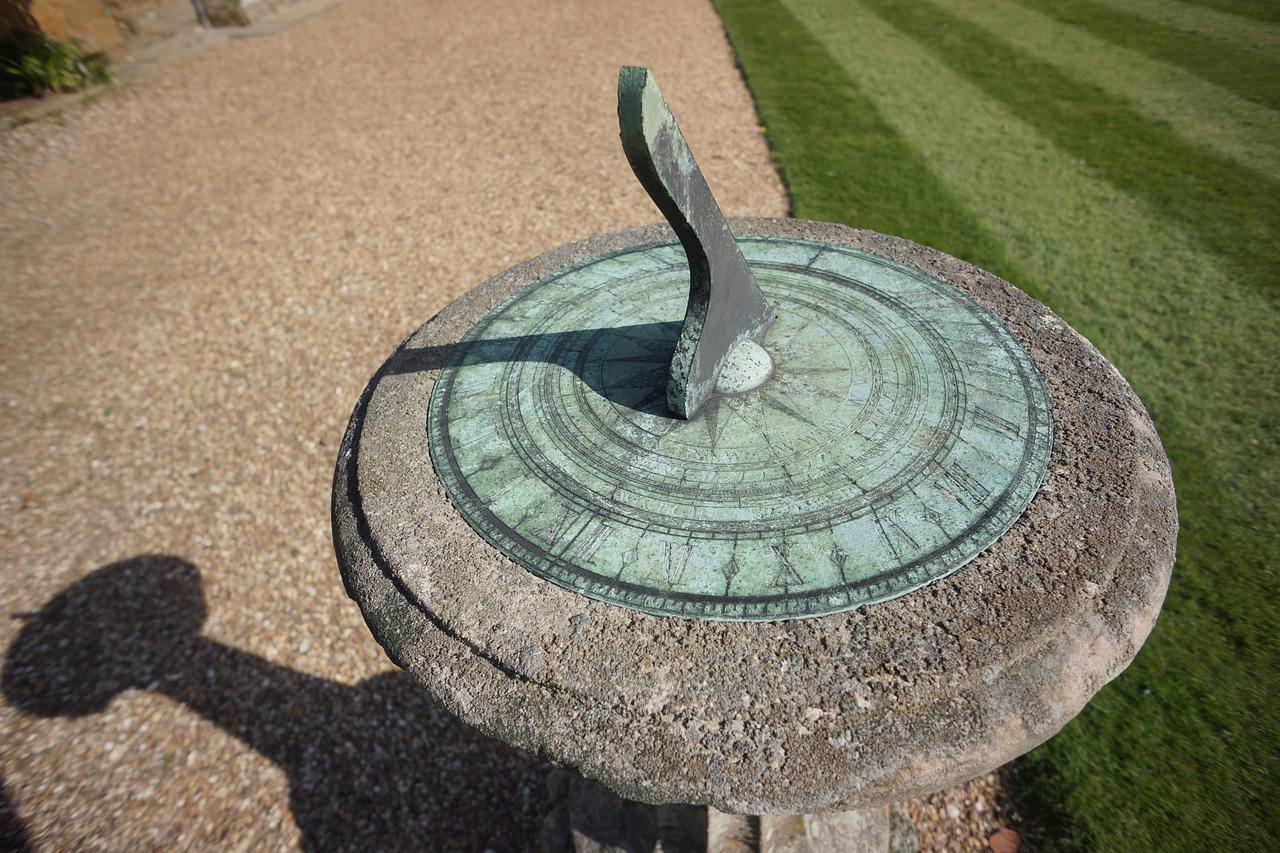
Whilst Rome at this point was not yet officially an empire, the behaviour of its leadership was already vaguely imperial in its expansionist ambitions and affinity for uniformity.
In 45 BCE, after successes at war, a certain Julius Caesar was given the title of ‘dictator’ of Rome which would serve to move imperial power to the forefront of issues in Roman politics. Yet, just a year later, he was assassinated and, given his popularity amongst the lower classes of Romans, there was a revolt and, ultimately, a civil war.
Whilst this was pursued by Marc Anthony and Octavian – Caesar’s adopted son – against Caesar's assassins, the two ultimately turned against each other, and the resulting conflict ended in Marc Antony’s defeat in 30 BCE.
Princeps Civitatis, or “First Citizen” was a title given to Roman Emperors after this point. Octavian would be the first to wear it. After he officially became the sole ruler of Rome, meaning the imperial term dates back to 27 BCE.
At the same time, Octavian became known as Augustus, and he came to dominate the senate which was, in name at least, still the highest authority in Rome. Augustus’s dynasty led the Romans through a period of unprecedented peace and prosperity.

The Golden Age of the Romans
Julio-Claudian Dynasty
Octavian, or Augustus, was the first emperor in what became known as the Julio-Claudian dynasty. His rule was hugely successful in expanding the territory over which the Empire ruled: he conquered parts of Egypt, Tunisia, Libya, and Algeria, as well as most of the northern Mediterranean. He also brought Roman control over the Iberian Peninsula, what is now modern Spain and Portugal, and made peace with the Parthian Empire in Iran to ensure a stable border on the eastern frontier.
The Julio-Claudian dynasty comprises Tiberius, Caligula, Claudius, and Emperor Nero. Claudius began the conquest of Britannia, which continued through major expansions under the reign of Vespasian and with the famous wall across the Scottish border by Hadrian.
Nero’s famously capricious personality ruled unhappily through the year of the Great Fire of Rome of 64 CE, and his suicide led to a civil war known as the Year of the Four Emperors, of 69 CE. This ended the Julio-Claudian dynasty.
Flavian Dynasty
Next up on our Roman Emperors list, The Flavian Dynasty starts in 69 CE with Emperor Vespasian, who was the last of the Year of the Four Emperors. He was the Emperor to build Rome’s famous Colosseum, which was completed and renovated by his heirs Titus and Domitian (this is why the structure is also known as the Flavian Amphitheatre).
Whilst beset by a number of massive issues – the eruption of Vesuvius in 79 which destroyed Pompeii and Herculaneum, and the fire and plague of Rome in 80 – Titus is considered a very able ruler. However, he died young, and his younger brother, Domitian, replaced him in 81 CE.
Domitian was assassinated in 96 CE, as he was known as an autocratic and severe emperor. He was replaced by an advisor, Nerva.
Nerva-Antonine Dynasty, or The Five Good Emperors
In the realm of Romans facts and the associated history, the Nerva-Antonine Dynasty is subject to greater obscurity than the rest of Roman history, but is easily as intriguing as the rest.
The dynasty that Nerva founded is known as the Nerva-Antonine Dynasty, and the five emperors included – Nerva himself, Trajan, Hadrian, Antoninus, and Marcus Aurelius – are known as the Five Good Emperors.
Trajan, the only Roman emperor not to be born in the Italian peninsula, built the Empire into its most extensive form. He conquered Dacia – what is now Romania, Moldova, parts of Bulgaria, Hungary, Ukraine, Slovakia, Serbia, and Poland – as well as Syria.
The Nerva-Antonine Dynasty ruled between 96 CE and 192 CE, and it is Commodus’s reign, the final in this dynasty, that is believed to signal the decline of the Roman Empire.
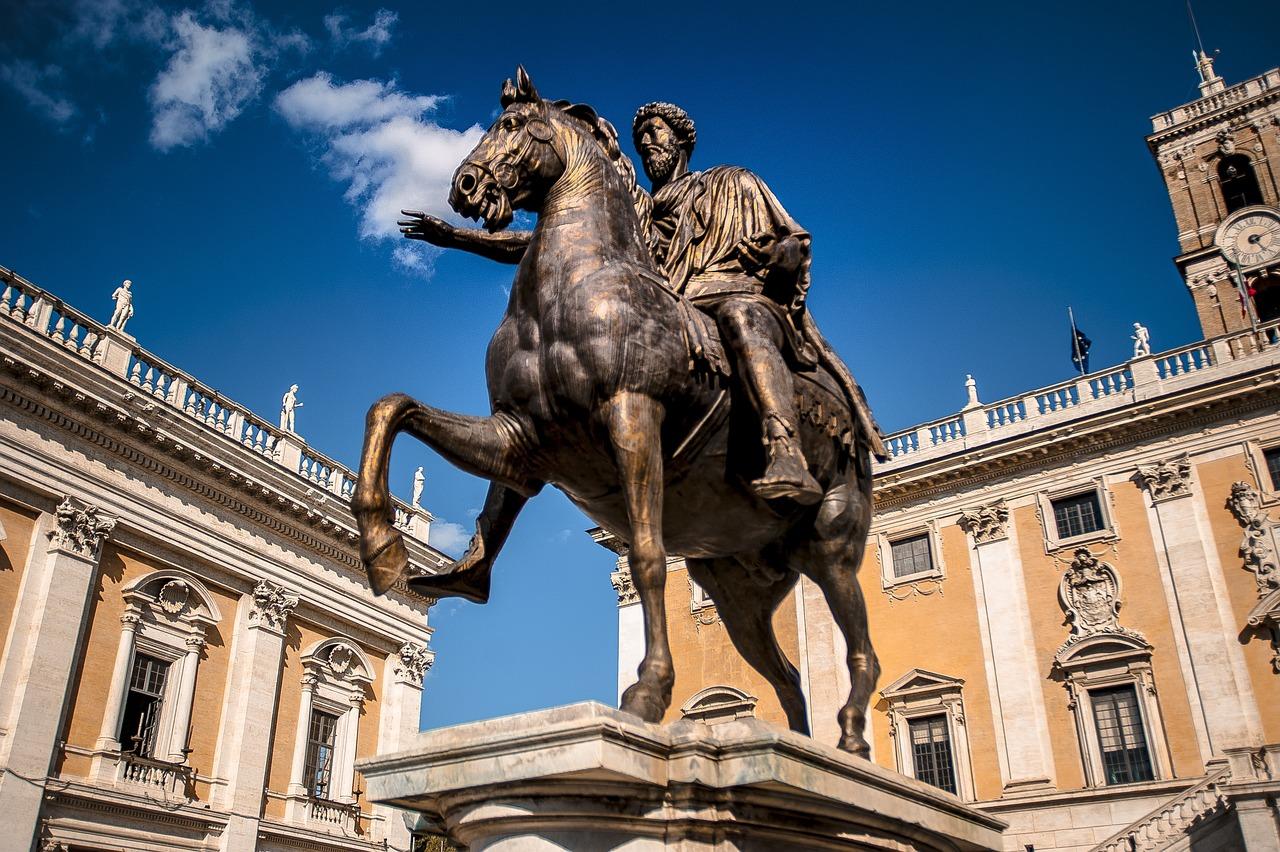
The Achievements of the Roman Empire
It’s impossible to discuss facts about the Romans without mentioning the achievements contributed by the Empire. Among everything, the best western Rome produced is still standing today, so we can still see real physical examples of the empire's contributions.
Looking at these sites, such as the remarkably well-preserved Roman Baths in England, one stops to ponder and wish that cameras were around at the time of the empire, so we could have some authentic Roman pictures of the Empire in its prime.
As with the British and the Mongolian Empires, the Roman Empire presided over a long period of peace – at least within the boundaries of its rule. This was known as the Pax Romana, which allowed a flourishing of trade that had never before been seen.
In very practical terms, a major legacy of the Roman Empire was in engineering – in the building of roads (famously very straight) and aqueducts. An aqueduct is used to move water, and the Romans constructed and used them to bring water into cities, markets, and farms. The Aqueduct of Segovia, constructed during the reigns of Domitian, Nerva, and Trajan, is a famous example of this.
In the arts, Roman culture excelled in poetry, drama, and sculpture – and anyone who has studied Latin at school will know that we still study these achievements now, as they formed the way that we write, read, and are entertained, even today.
Latin is, itself, what became the language of politics essentially across Europe for almost the next thousand years.
With its expanse and scope, you might expect to see cartography as a contribution of the Empire, especially with the Ancient Greeks as predecessors, however this is surprisingly not the case. Ancient Romans did not use maps very much, and you would be hard-pressed to find a Roman map with much mathematical accuracy.
As such, there is no ‘map of Roman Empire’ as drawn by the Romans. Instead, maps were used for localised purposes, such as city layouts, or military operations.
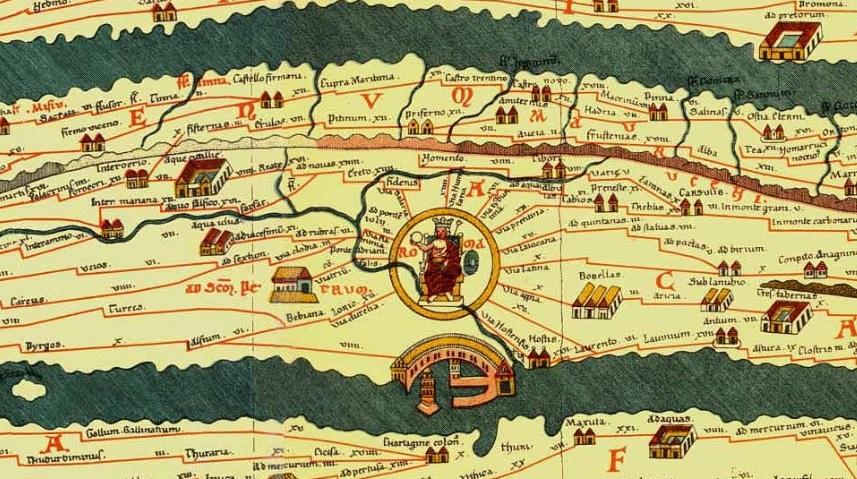
The later Roman Empire – after its split – made Christianity the official religion, starting with Constantine the Great’s conversion. This led to the spread of the religion, and Judaeo-Christian culture in general, from east to west across the empire.
The Roman Empire Splits: East and West
After the last of the Five Good Emperors, Marcus Aurelius, Commodus’s reign begins the decline of the empire. In 192 CE, he was assassinated, beginning the Year of the Five Emperors. This introduced a massive political instability into the empire, culminating in the Crisis of the Third Century, beginning with Septimius Severus’s seizure of power in 193 CE, which set a precedent for the rest of the century.
After a number of barbarian invasions throughout the century, and with plague and natural disasters ravishing the empire from within, Diocletian took over the empire in 284 CE and ended the crisis. His response was to split the huge empire into two.
The Eastern would be ruled by Diocletian in Constantinople, or Istanbul, and would be known as the Byzantine Empire, alongside the Western, which moved from Rome to Milan.
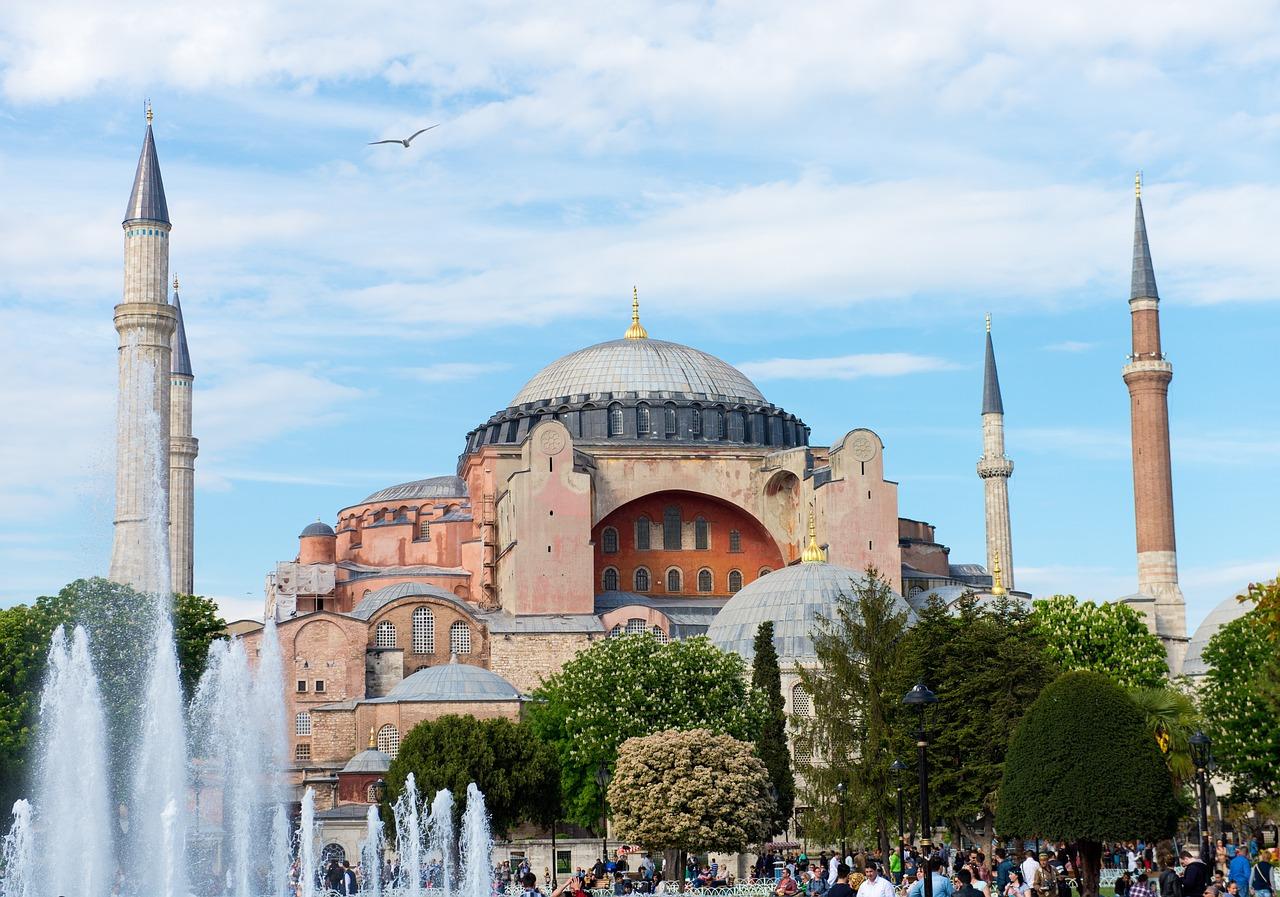
How Long did the Roman Empire Last? The Last Days of Rome
Some of the most interesting Roman Empire facts are those about its downfall, which seems to be a modern fascination of both old scholars and modern students alike.
Ultimately, both of the now independent empires collapsed, although the Eastern lasted much longer in the guise of the Byzantine Empire.
It was Odoacer, the barbarian King of Italy, who ultimately caused the collapse of a Western Empire severely weakened by incompetent leaders and by invasions by Vandals, Ostrogoths, and the Visigoths. Odoacer, a Goth based in northern Italy, overthrew the last Western Emperor, Romulus Augustulus in 476 CE.
The Eastern Roman Empire, better known as the Byzantine Empire, survives until its fall to the Ottoman Empire in 1453. Constantine the Great, the first Christian emperor, reclaimed land lost during the Crisis of the Third Century, whilst Justinian (527-565 CE) sought to reconquer the lands of the Western Empire.
Justinian’s contribution to law, his sort of massive building projects, and his presiding over a time of greater prosperity have made him known to history as Justinian the Great – and even as the last Roman Emperor.
After this, the Byzantine Empire slowly declined, and Constantinople was finally conquered by Mehmed the Conqueror in 1453, the Ottoman Emperor.
Despite the collapse of these residual empires, a Roman legacy lives on in both the modern day Italy, which is the most closely related nation to the original Empire, and the rest of western culture. It was forever influenced and changed by the toil of the rulers who managed to organise such a vast expanse of cultures and peoples into a single organised politics and society.
Thanks for reading this article about the Roman Empire! If you would like to, you can find out more about The Russian Empire and the Qing Dynasty in our other articles on the great empires in history.
Make sure to check out the Superprof service to find yourself the ideal tutor for your history needs, or a whole range of different subjects which you can also find here on the Superprof blog. We hope to see you again soon.















